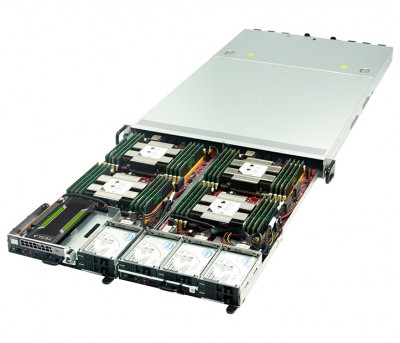Services Enhancement
The MEC solution deployed as an edge platform near to end-users minimizes mobile backhaul bandwidth requirements with ultra-low latency that enables better services than cloud for various applications.
Hundreds of new cloud services and edge applications can run on this new 5G digital backbone. In transportation, real-time communication helps improve safety and traffic flow for vehicles. Healthcare providers can monitor patients by remote, use AI to make accurate diagnoses, and help hospitals run more smoothly. Manufacturers can use 5G networks to run high-efficiency smart factories while retailers can create seamless experiences for customers.
While promising ultra-high speeds, low latency, and greater reliability, 5G revolution is but part of the story as there’s also an evolution in existing technologies with new generations of fiber, cable, Wi-Fi, and short-range technologies.
As most of you are aware, with the upcoming of the 5G era, our industry is quickly expanding from Public and Private Cloud to Central Office (CO), and to Edge at Radio Access Network (RAN). The availability of edge computing offers lots of previously unavailable applications such as real-time artificial intelligence and others.
The edge computing can dramatically improve user experience through cases like virtual reality games by decreasing its latency. These cases, however, show that Cloud and Edge infrastructure must adapt and evolve according to the demand of these applications.
Some of the Central Office requirements may apply to edge applications as well, hence, the overlap in the central office and the edge solutions we are offering. Offering the same solutions for Central Office and Edge simplifies the product SKUs and reduces the CAP and OP expenses.
Multi-access Edge Computing (MEC) is a network solution that provides services and computing functions closer to users to minimize latency and maximize efficiency. It delivers ultra-responsive service experiences by rapidly processing content at the edge of the network.
Physical and Environmental Restrictions
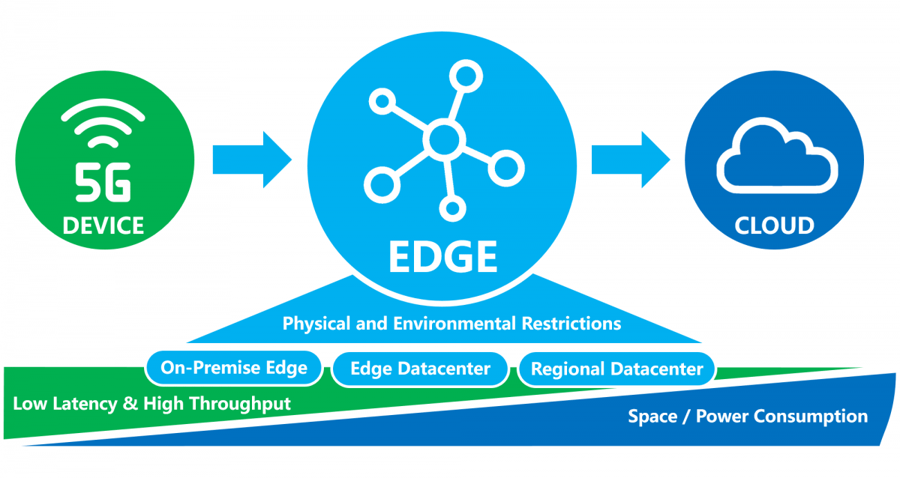
Introducing a flexible and agile 5G network with a cost effective solution is an imperative topic for each operator.
Diversity of Various 5G Applications
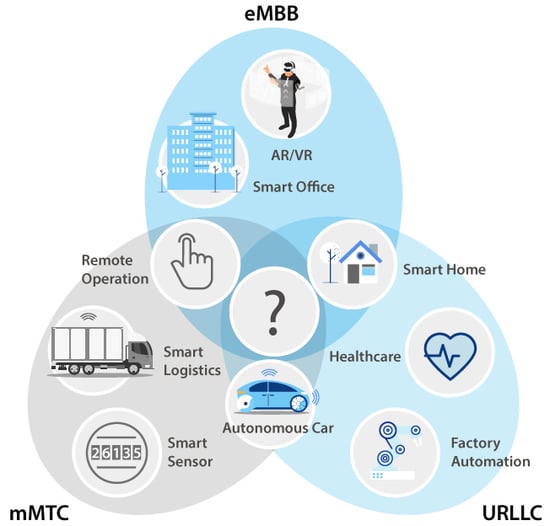
By utilizing disaggregated hardware and software with SDN and NFV to meet service providers’ needs for diverse applications and deployment environments, Wiwynn provides MEC solutions based on short chassis design with I/O configuration flexibility and modularity to solve the challenges of 5G and Edge.

The MEC solution deployed as an edge platform near to end-users minimizes mobile backhaul bandwidth requirements with ultra-low latency that enables better services than cloud for various applications.

Network Infrastructure are changing in significant ways, with the flexibility and agility of innovative technologies like network slicing and SDN/NFV, MEC platforms can be easily scaled out according to additional demand and remotely & dynamically updated.

By combining COTS (Commercial-off-the-shelf) servers and Cloud Virtualization technology, CAPEX and OPEX can be efficiently reduced. Service providers will no longer be restrained by expensive proprietary hardware and software and can successfully break vendor lock-in.

From the perspective of business benefits, adopting MEC industry standards and deployment of MEC platforms such as autonomous models, can be applied to other transportation like autonomous buses, and thus brings new revenue streams to operators and vendors.
Deploy MEC Host at The Edge of Cellular Network
Technical standards for MEC are developed by ETSI, which also defined the components and functional elements of MEC host. The MEC hosting infrastructure consists of hardware resources and a virtualization layer. The MEC platform provides the capabilities for hosting applications and consists of the application’s virtualization manager and application platform services.

Deployment Scenarios of MEC Servers
ETSI depicted some deployment scenarios of MEC that enables cloud computing capabilities and an IT service environment at the edge of the cellular network and, more in general at the edge of any network. To run MEC applications to perform processing tasks closer to the customers can have efficient utilization of the radio and the network resources. MEC also enables flexible and rapid deployment of innovative applications and services towards mobile subscribers, enterprises and vertical segments.
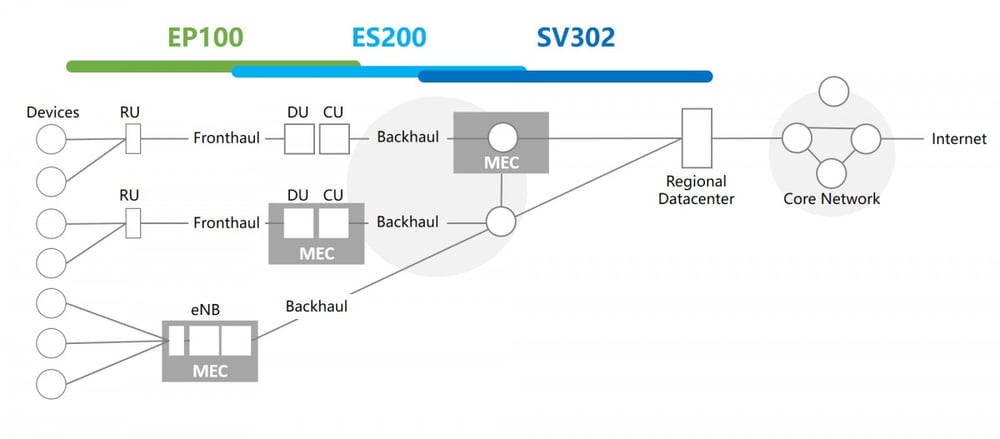
The Best All-in-one Platform for 5G CU/DU/5GC/MEC and Private 5G Environment
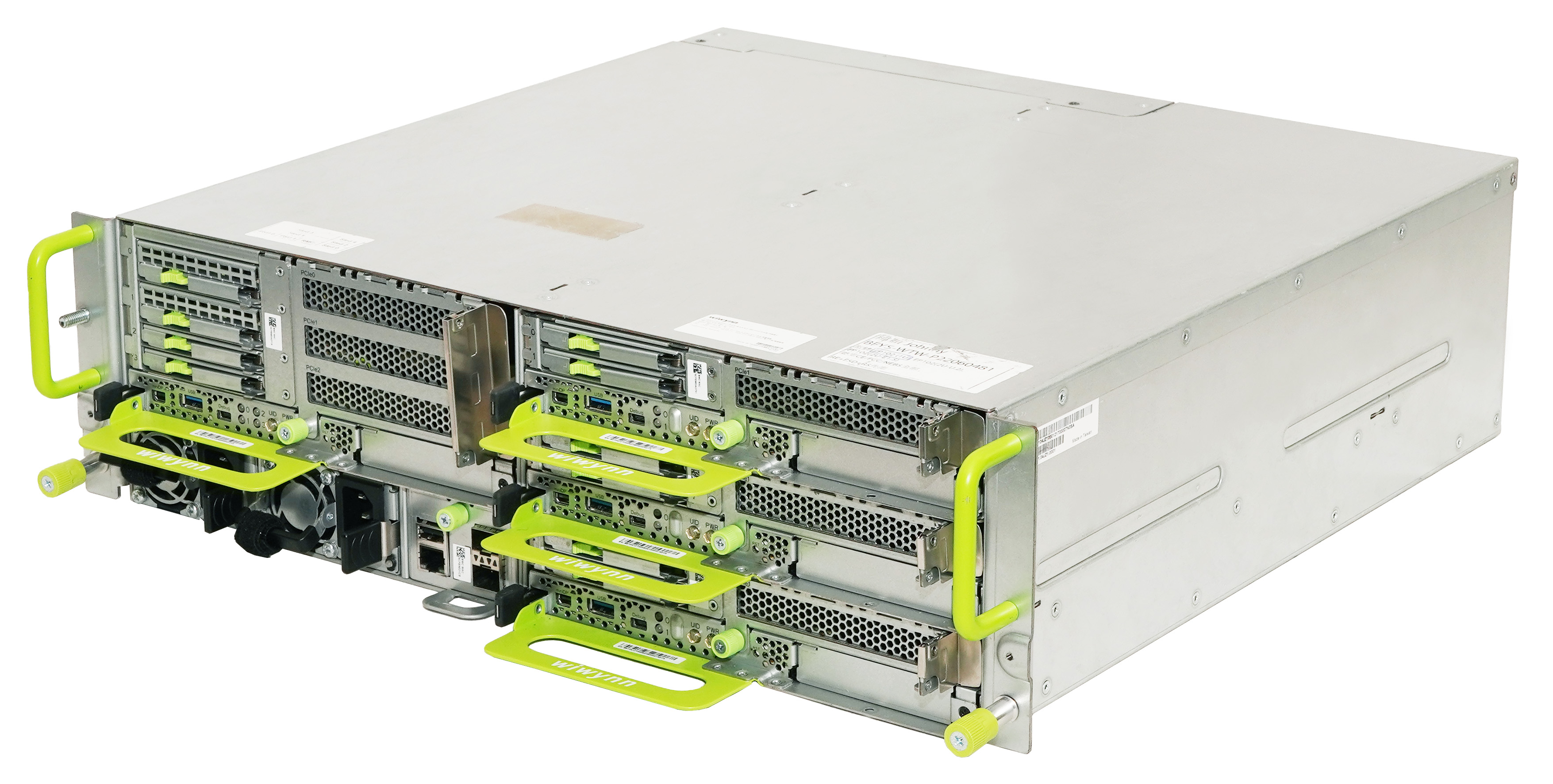
The Tailored-made MEC Server with Flexible Configurations for Various Edge Applications
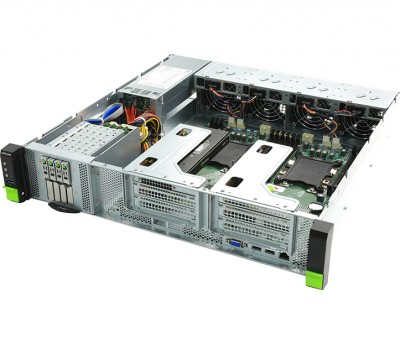
High density 1U2Node server with versatile system configurations for compute intensive workloads
